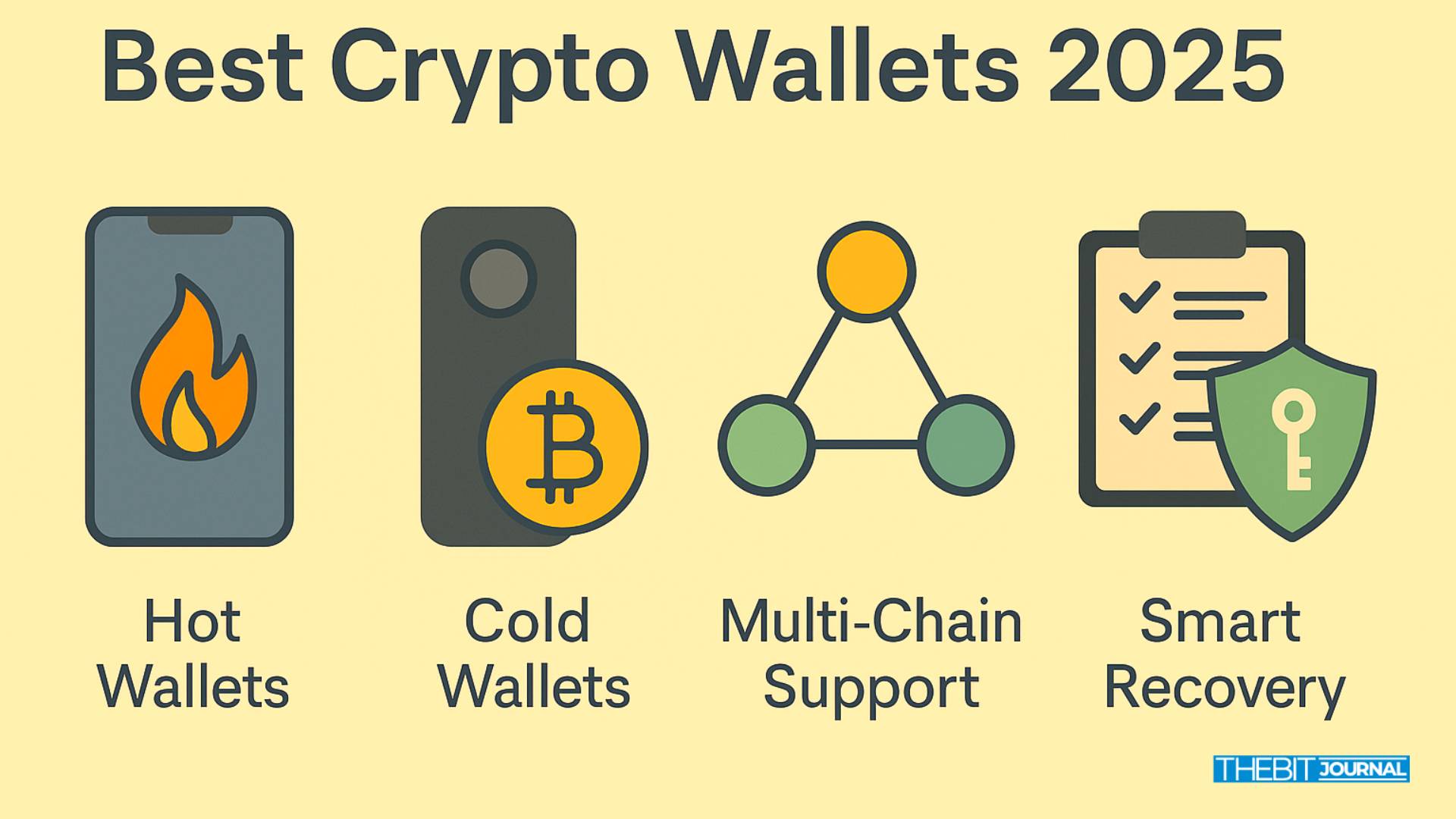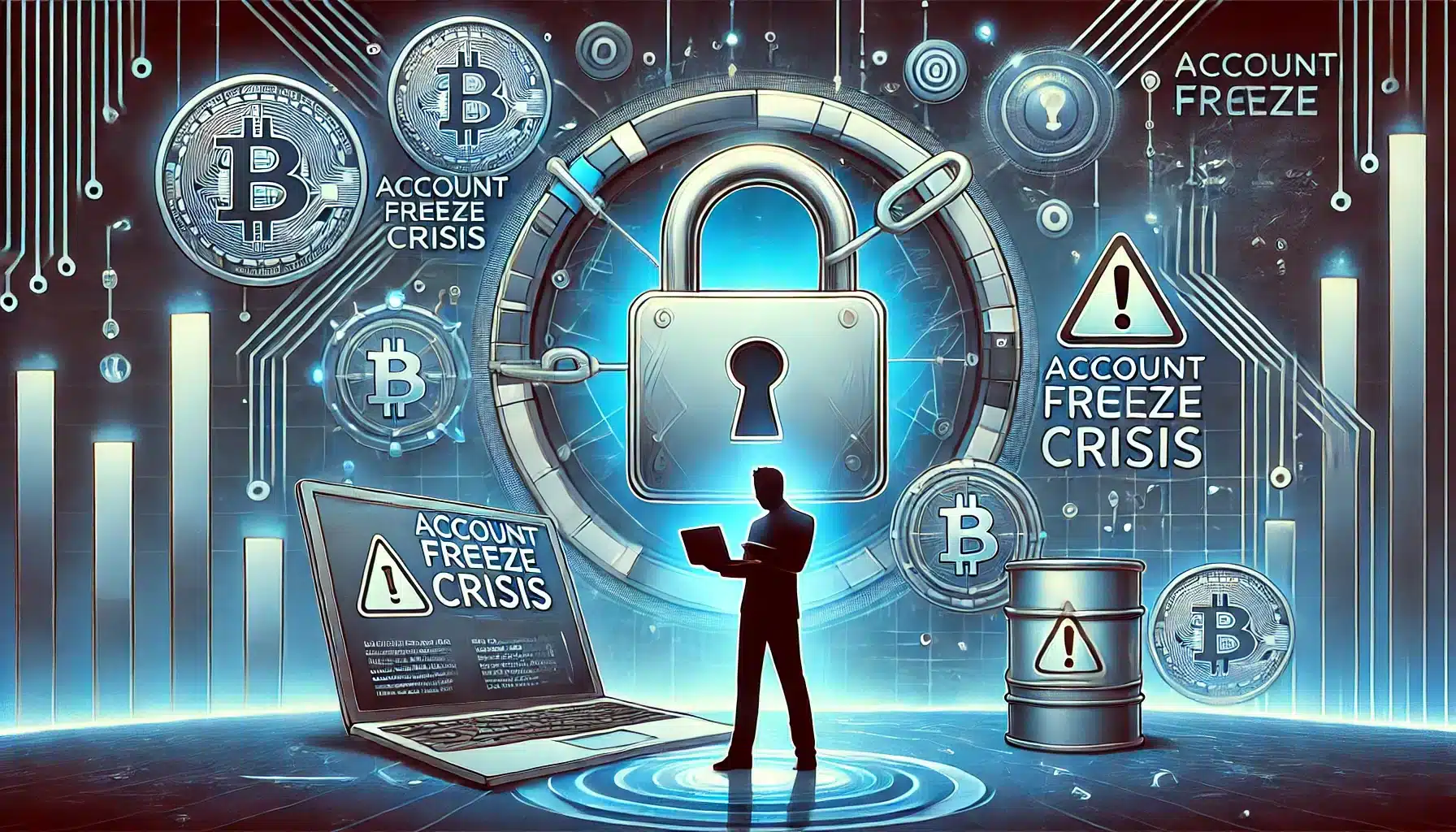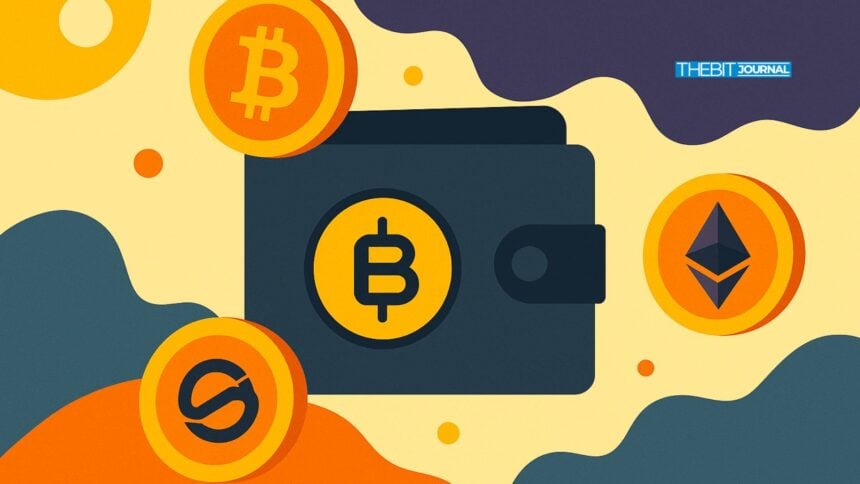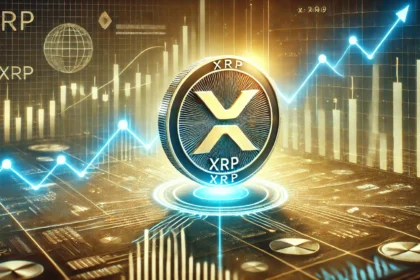As the digital asset environment grows, the need for safe and dependable crypto wallets has never been stronger. Users are looking for improved solutions for managing their digital money in 2025, as decentralized finance (DeFi), NFTs, and institutional crypto use increases.
Crypto wallets have developed well beyond basic storage tools, becoming full-fledged portals to the decentralized web. This article delves into the Best Crypto Wallets 2025, providing a thorough, impartial, and instructive review of wallet technology, latest breakthroughs, and security features that characterize this new era of self-storage.
What Is a Wallet?
A crypto wallet is not a physical pouch; rather, it is software or hardware that contains your private keys, which are the cryptographic evidence that allows you to access your money. These keys, when combined with public addresses, let you to transfer, receive, and manage crypto assets. Software (hot) wallets operate on your smartphone or PC and connect to the internet. In contrast, hardware (cold) wallets store such keys offline, which dramatically improves security.
Because crypto custody entails storing your own keys, knowing what a wallet performs is essential. Your wallet does not store currency; rather, it stores evidence. You maintain ownership of your assets just as long as you have access to your private keys. This notion underlies both the Best Crypto Wallets 2025 and any solid self-custody approach.
Evolution of Wallets Leading to 2025
Cryptowallets have gone a long way. Originally, users depended on command-line tools or basic GUIs. Today, attitude and usefulness have evolved: new wallets not only hold keys, but also function as Web3 passports. They support DeFi, NFTs, staking, multi-chain bridges, and more. According to rocketx.exchange, crypto wallets now serve as all-in-one portals to the decentralized world, rather than just storing assets.
According to Forbes, the growth of smart wallets like Coinbase Smart Wallet, which has tripled its weekly active users from 15,000 in January to over 40,000 by April 2025, demonstrates how convenience tech is transforming the market.

Criteria for the Best Crypto Wallets 2025
Choosing among the Best Crypto Wallets 2025 requires balancing multiple variables:
Security: secure‑element chips, air‑gapped signing, multi‑sig, and recovery features.
Usability: intuitive setup, biometric/MFA logins, mobile apps, seed‑phrase backups.
Interoperability: multi‑chain support, DeFi/NFT access, hardware‑wallet compatibility.
Transparency & audits: audited, open‑source code, industry certifications.
Community trust & updates: active development, timely patches, responsive support.
These align with EEAT principles—Expertise (security audits), Authoritativeness (audited products), Trustworthiness (open‑source and certifications), and AEO/GEO (local regulatory compliance, UX/UI for region).
Insights from 2025 News
Hardware wallet innovation has been a major theme this year. Tangem released its NFC‑based smartcard wallet, supporting over 14,000 assets, with EAL 6+ secure‑element certification. Likewise, Block (formerly Square) introduced Bitkey, a multisig + trusted‑contact device praised as a top invention by TIME in October 2024 and available now in 95 countries. These enhancements reflect growing demand for secure, user‑friendly custody in 2025.
On the mobile/DeFi side, rocketx.exchange singles out Rabby Wallet (multi‑chain DeFi), Phantom (Solana + NFTs), and Zerion (portfolio dashboard) as among the Best Crypto Wallets 2025. This illustrates an organic shift toward feature‑rich, hot wallets trusted by Web3 users.
Hot Wallets: Flexibility vs. Risk
Hot wallets provide convenience through instant access, frequent transactions, and DeFi connectivity. Trust Wallet, MetaMask, Coinbase Wallet, and Exodus are popular solutions for Android and iOS users.
Nonetheless, they remain susceptible. Because they are online, they may fall victim to phishing, malware, or hacked gadgets. Thus, utilizing these wallets with hardware partners, strong MFA, and safe seed storage is crucial.

Cold Wallets: Guarding Against Threats
When security is crucial, cold wallets are difficult to surpass. Best Crypto Wallets 2025 provide a variety of hardware options, including credit-card NFC devices and advanced touchscreens. Tangem’s RFID cards provide battery-free offline storage and mobile ease. Ledger’s newest versions (Nano-X, Flex, and Stax) have secure element chips, Bluetooth/NFC, and big coin capability. Bitkey’s collateral recovery solution includes multisig and trusted contacts for redundancy in lost devices.
These solutions follow CCN and Forbes recommendations for cold wallets, which include secure aspects, auditability, EAL certification, and simple backups.
Hybrid Strategy: Balanced and Smart
Investopedia and Business Insider recommend a hybrid strategy, with hot wallets for daily transactions and cold wallets for long-term holdings. This guarantees an appropriate balance between access and security.
For example, you might maintain a few NFTs and DeFi money in Phantom or Rabby, but use Tangem or Ledger for your BTC, ETH, and larger holdings. This “two‑wallet” paradigm separates frequent activity from deep cold storage.
Upcoming Trends in Wallet Space
Smart Recovery: wallets with trusted‑contact or MPC features (Bitkey, Tangem Stealth) allow sharing backup authority without compromising keys.
Smartphone integration: NFC cold wallets usable seamlessly in mobile wallets.
Regulatory‑ready UX: self‑custodial apps incorporating KYC toggles and geo‑compliance by region.
Secure Touchscreen Dual‑Use Devices: ledger Stax/Flex-style devices combine usability with cold‑wallet security.
These innovations will likely dominate wallet design in the latter half of 2025 and beyond.
Conclusion
The Best Crypto Wallets 2025 are more than just storage tools; they provide ease, security, multi-chain compatibility, and smart recovery. Whether you like Tangem’s NFC simplicity, Ledger’s cutting-edge displays, Bitkey’s multisig, or DeFi-centric hot wallets like Rabby and Phantom, the focus remains on self-control and compliance.
Begin by identifying your own priorities: security, usability, chains, and custody. Then choose your wallet combination accordingly. With regulatory environments moving and wallet technologies emerging under EEAT, AEO, and GEO frameworks, 2025 marks a watershed moment; crypto consumers may finally enjoy great security and attractive usability.
FAQs
Q: Which type of wallet is safest?
Cold wallets (hardware or air‑gapped) with secure elements and offline signing offer maximum security.
Q: Can I use multiple wallets?
Yes! Hybrid setups, such as a hot wallet for DeFi and a cold wallet for long-term holding, can enhance security and convenience.
Q: How often should I back up?
Immediately upon setup and whenever you make big changes, record the seed phrase offline and consider metal backup for durability.
Glossary of Key Terms
Hot Wallet: Online software wallets live on devices with internet access.
Cold Wallet: Offline key storage, often hardware devices or paper.
Secure Element (SE): Tamper‑resistant chip in wallets.
Air‑gapped: No direct network connection, signing offline.
MPC (Multi‑Party Computation): Splits key custody across participants.
Seed Phrase: Word sequence for wallet backup and recovery.




























